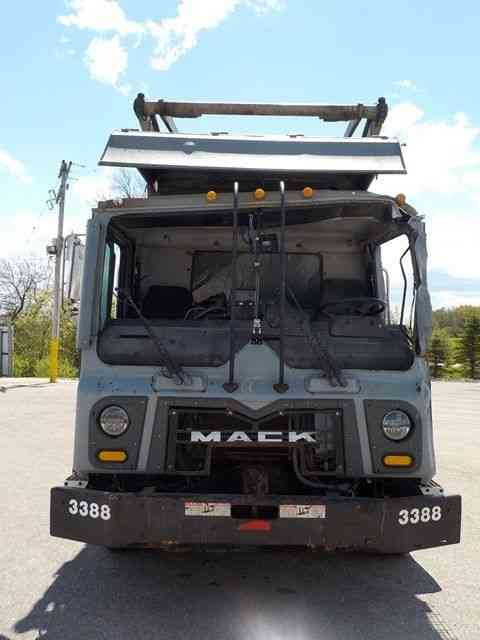

In the 1920s Autocar Trucks was the first of the major truck manufacturers to offer a range of electric trucks for sale. Main article: Electric truck President Joe Biden test driving the Ford F-150 Lightning all-electric pick up at Ford's Rouge Electric Vehicle CenterĮlectrically powered trucks predate internal combustion ones and have been continuously available since the mid-19th-century. However, it took much longer for diesel engines to be broadly accepted in the US: gasoline engines were still in use on heavy trucks in the 1970s. Demand was high enough that Autocar launched the "DC" model (diesel conventional) in 1939. In the United States, Autocar introduced diesel engines for heavy applications in the mid-1930s. The diesel engine was not common in trucks in Europe until the 1930s. After World War I, several advances were made: electric starters, and 4, 6, and 8 cylinder engines.Īlthough it had been invented in 1897, the diesel engine did not appear in production trucks until Benz introduced it in 1923. Trucks of the era mostly used two-cylinder engines and had a carrying capacity of 1.5 to 2 t (3,300 to 4,400 lb).

The first truck in the United States was built by Autocar in 1899 and was available with 5 or 8 horsepower (4 or 6 kW) engines. Other companies, such as Peugeot, Renault and Büssing, also built their own versions. A year later, in 1896, another internal combustion engine truck was built by Gottlieb Daimler, the Daimler Motor Lastwagen. Later that year some of Benz's trucks were modified to become busses by Netphener. In 1895, Karl Benz designed and built the first internal combustion truck. Internal combustion Daimler Motor-Lastwagen from 1898 Steam-powered wagons were sold in France and the United States until the eve of World War I, and 1935 in the United Kingdom, when a change in road tax rules made them uneconomic against the new diesel lorries. The first semi-trailer appeared in 1881, towed by a steam tractor manufactured by De Dion-Bouton. The roads of the time, built for horse and carriages, limited these vehicles to very short hauls, usually from a factory to the nearest railway station. However, steam wagons were not common until the mid-19th century. Trucks and cars have a common ancestor: the steam-powered fardier Nicolas-Joseph Cugnot built in 1769. History Steam wagons A Sentinel steam wagon In the European Union, vehicles with a gross combination mass of up to 3.5 t (3.4 long tons 3.9 short tons) are known as light commercial vehicles, and those over as large goods vehicles. The market-share of electrically powered trucks is growing rapidly, expected to reach 7% globally by 2027, and electric motive force already predominates among both the largest and smallest trucks. The majority of trucks currently in use are still powered by diesel engines, although small- to medium-size trucks with gasoline engines exist in the US, Canada, and Mexico. In American English, a commercial vehicle without a trailer or other articulation is formally a "straight truck" while one designed specifically to pull a trailer is not a truck but a " tractor". Commercial trucks can be very large and powerful and may be configured to be mounted with specialized equipment, such as in the case of refuse trucks, fire trucks, concrete mixers, and suction excavators. Smaller varieties may be mechanically similar to some automobiles. Trucks vary greatly in size, power, and configuration, but the vast majority feature body-on-frame construction, with a cabin that is independent of the payload portion of the vehicle.

For other uses, see Truck (disambiguation) and Lorry (disambiguation).įreightliner M2 dump truck A Mack Titan road train in Australia Liebherr T 282B hybrid electric mining truck A Mitsubishi Minicab MiEV battery-electric truckĪ truck or lorry is a motor vehicle designed to transport freight, carry specialized payloads, or perform other utilitarian work.


 0 kommentar(er)
0 kommentar(er)
